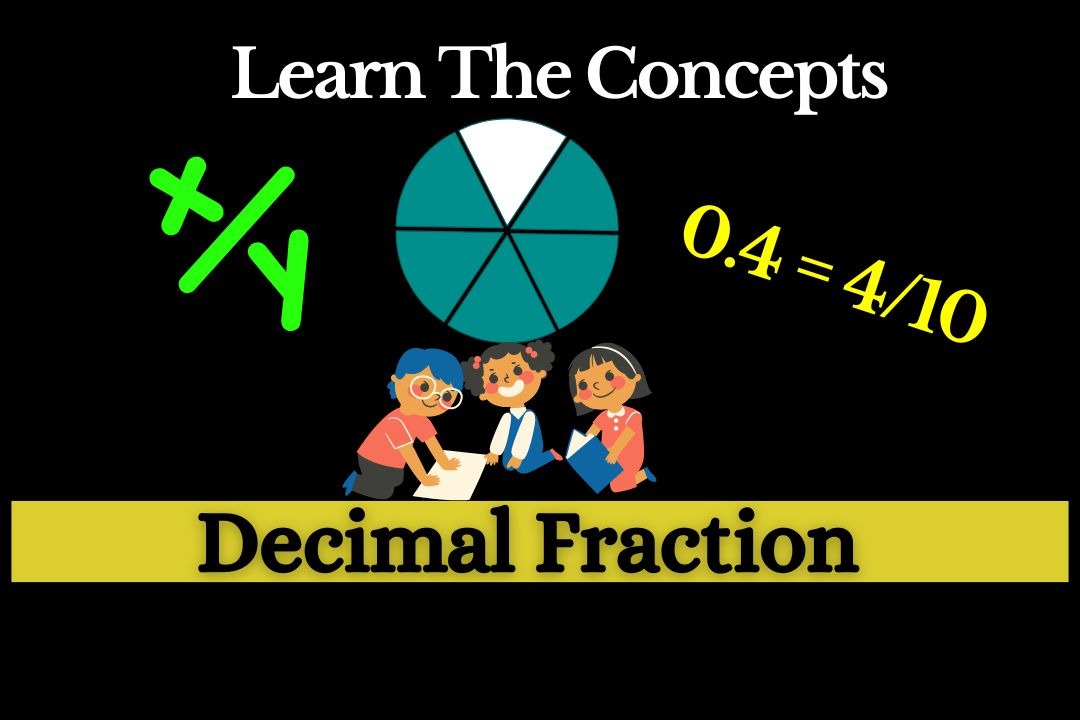Understanding Decimal Fractions: A Comprehensive Guide
Introduction
Welcome to the world of decimal fractions, where numbers are not just whole, but also broken down into precise parts. In this comprehensive guide, we will unravel the intricacies of decimal fractions, understanding their notation, operations, and practical applications that shape our mathematical landscape. Join us in these virtual math classes as we explore the world of numbers with a point.
Decimals employ various notations, with the most widespread being the standard decimal notation. Each digit's position to the right of the decimal point holds a distinct value, aligning with powers of 10. For instance, in the decimal 0.456, the 4 represents 4/10, the 5 represents 5/100, and the 6 represents 6/1000.
#Operations with Decimal Fractions:
Performing operations with decimal fractions involves aligning the decimals properly. Let's consider an example:
Example: Add 76/100 and 7/10
0.76 + 0.7 = 0.76 + 0.70 = 1.46
Subtract 345/100 and 23/10
3.45 - 2.3 = 3.45 - 2.30 = 1.15
In this math class exercise, by aligning the decimals and subtracting corresponding digits, we get the result 1.15 .
Decimal fractions can be converted into traditional fractions by recognizing the decimal place value. For example:
Example: Convert 0.625 to a fraction
0.625 = 625/1000
= 5/8
Decimal to Fraction Conversion Chart:
| Decimal | Fraction |
|---------|-------------------|
| 0.1 | 1/10 |
| 0.2 | 1/5 |
| 0.25 | 1/4 |
| 0.3 | 3/10 |
| 0.4 | 2/5 |
| 0.5 | 1/2 |
| 0.75 | 3/4 |
| 0.8 | 4/5 |
| 0.9 | 9/10 |
| 1.0 | 1 (whole number) |

#Decimal Fractions in Everyday Math:
Understanding decimals is indispensable in daily mathematics. Let's tackle one multiplication example:Example: Calculate 15.8 multiplied by 2.5
Multiply the numbers without decimal point. 158 x 25 = 3950. After the multiplication count the decimal places and put the decimal point in the answer.
15.8 × 2.5 = 39.5
In this case, by multiplying 15.8 by 2.5, we get the result 39.5.
#Practical Applications:
Decimals find applications in various real-life scenarios, such as finance, measurements, and statistics. Whether dealing with money, where decimals represent parts of a dollar, or measuring ingredients for a recipe with precision, decimals are a fundamental tool in our mathematical toolkit.
Decimal fractions offer a dynamic way to represent and manipulate numbers. Whether you're navigating everyday math tasks or delving into advanced mathematical concepts, a solid grasp of decimal fractions is essential. Join us on this exploration into the realm of numbers with a point!


